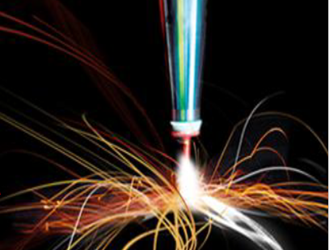Vibration Compensated OCXOs: Advantages, Disadvantages, And Market Applications

This white paper from Mtron explores vibration-compensated Oven Controlled Crystal Oscillators (OCXOs), essential for applications requiring high-precision frequency stability in harsh environments. Traditional OCXOs are vulnerable to vibration, which can degrade signal integrity. To address this, two design strategies are evaluated: electronically compensated OCXOs (e-Vibe™) and mechanically isolated OCXOs.
Electronically compensated OCXOs utilize accelerometers and signal processing to dynamically correct frequency deviations caused by vibration. These designs offer superior phase noise performance, compact size, lower weight, and high reliability—making them ideal for size-constrained and high-performance applications such as UAVs, nanosatellites, and advanced radar systems. However, they tend to consume more power and have higher initial costs due to complex electronics.
Mechanically isolated OCXOs rely on passive damping systems, such as spring-mounted holders and isolating casings, to minimize vibration effects. These designs are simple, require no extra power, and may have higher Mean Time Between Failures (MTBF). However, they are bulkier, heavier, and less effective against a broad range of vibration frequencies.
Get unlimited access to:
Enter your credentials below to log in. Not yet a member of RF Globalnet? Subscribe today.
